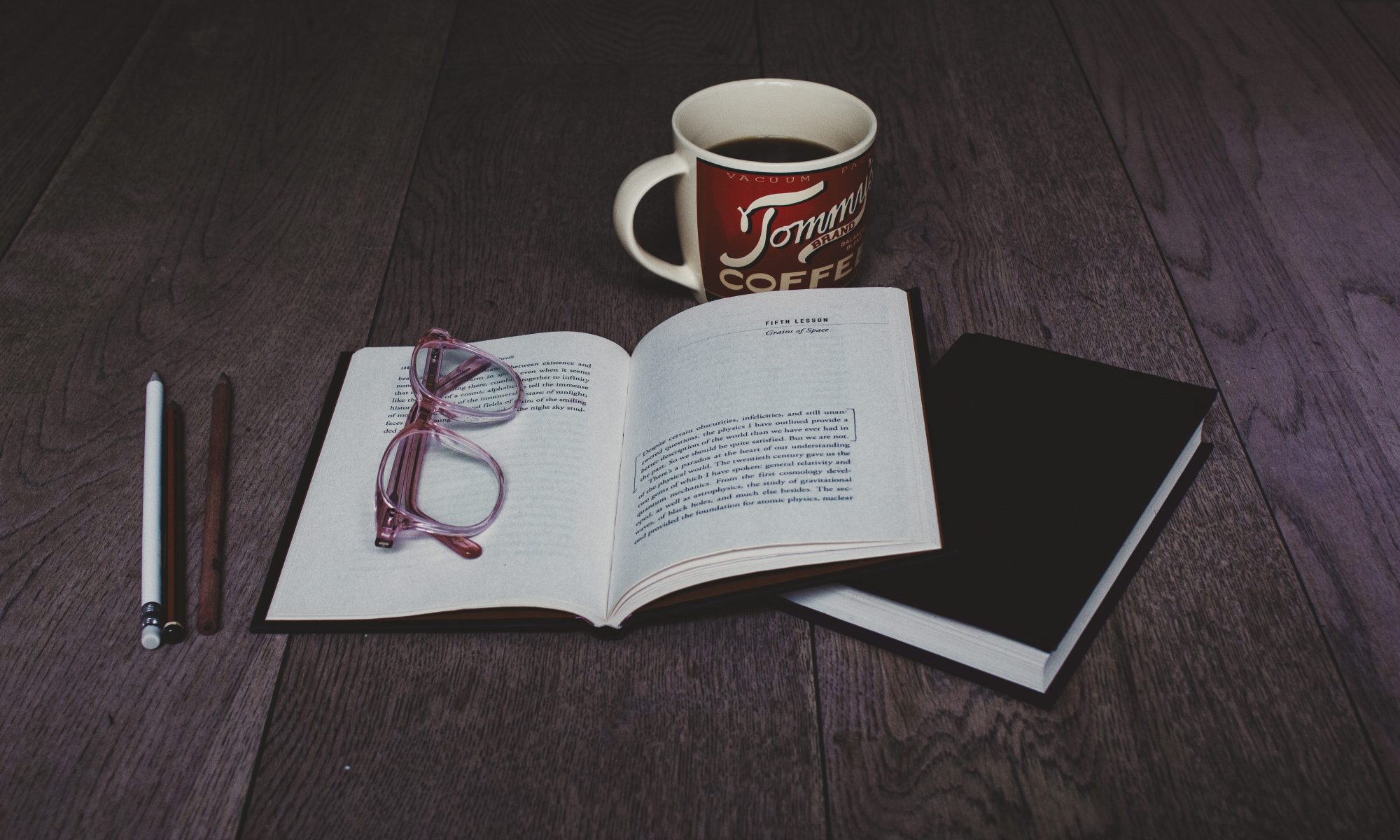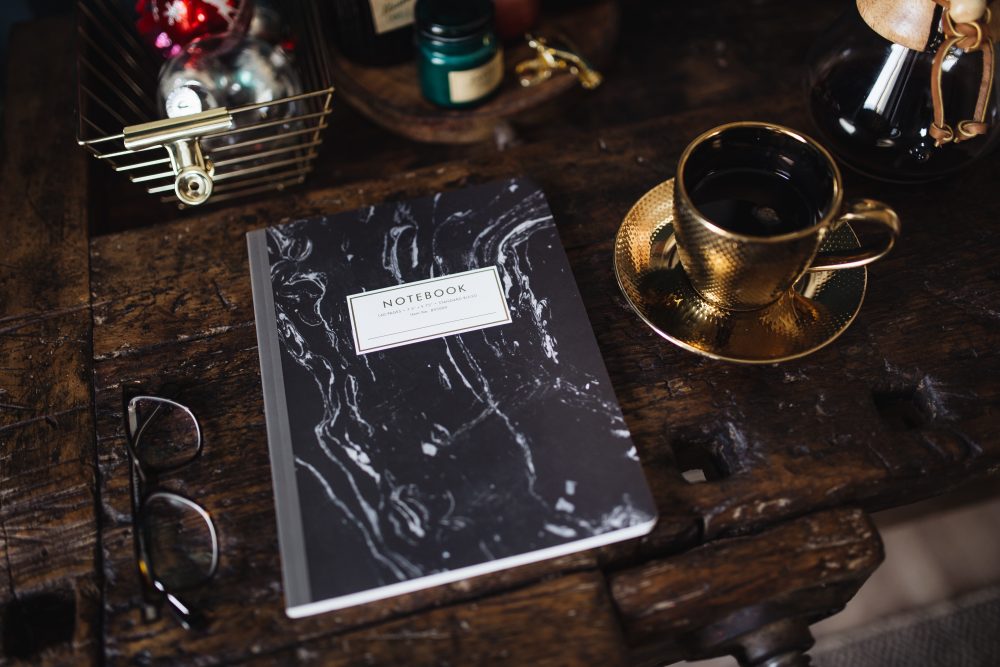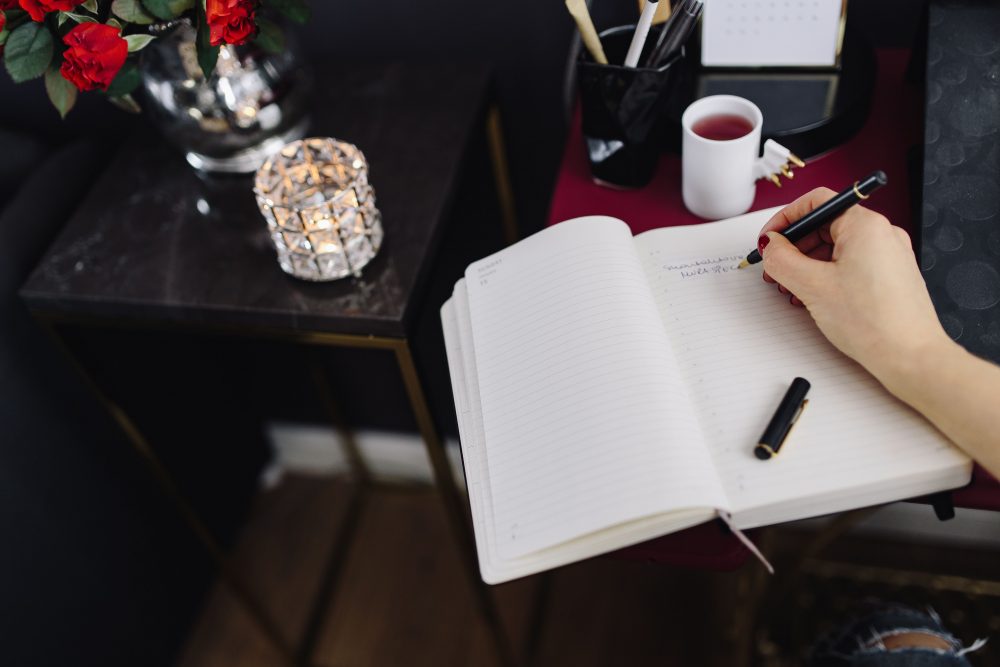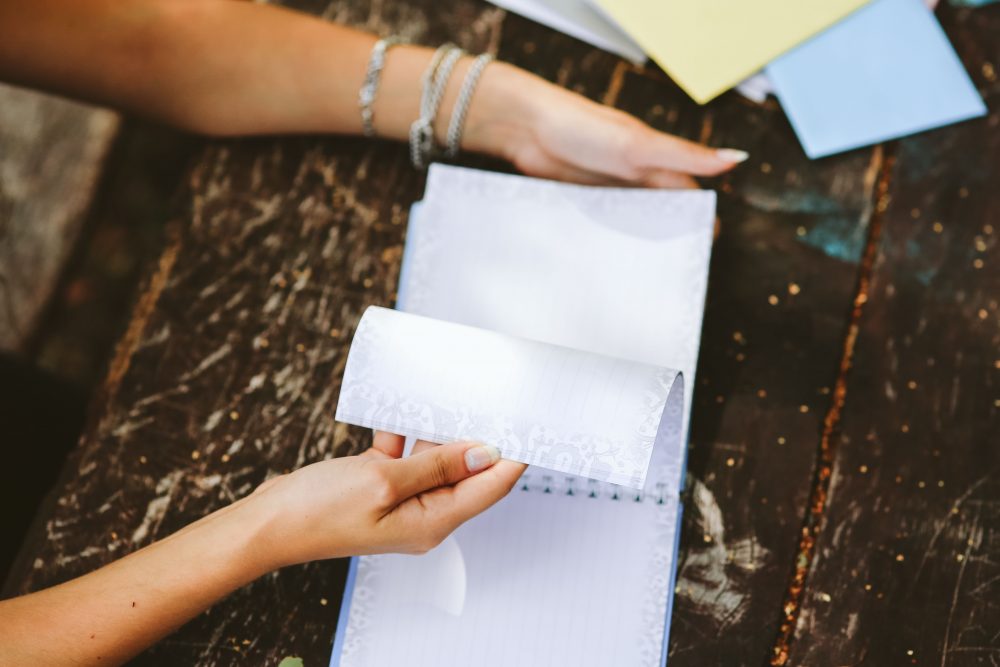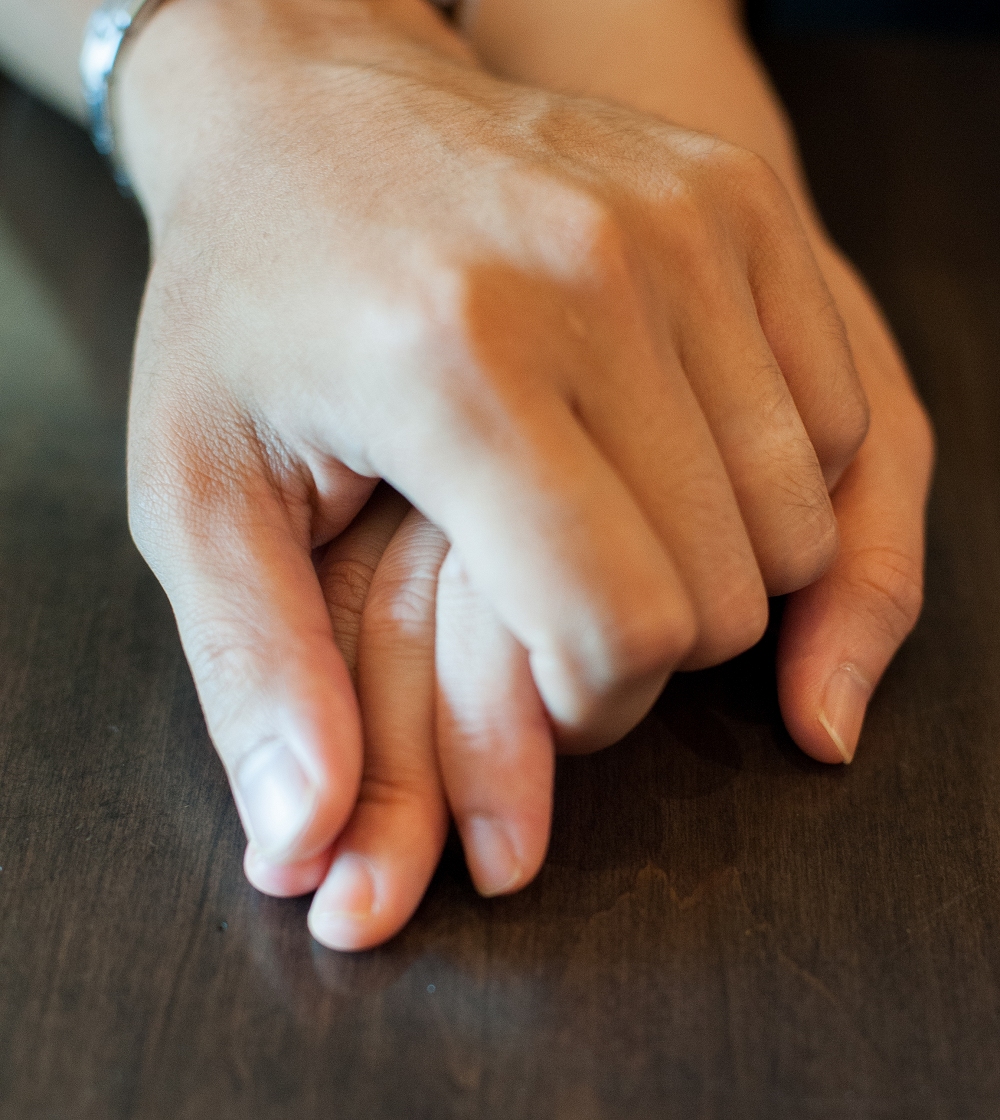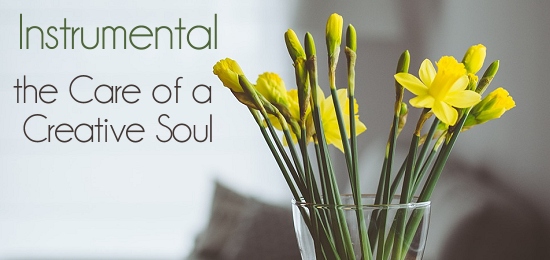
(Read Part One of Cultivating Mindfulness Here)
Mindfulness meditation, which originated in Buddhist circles, encourages you to focus on feelings, experiences, and internal and external processes in a nonjudgmental manner. It is about being fully present in the moment, thus making you more aware of yourself, others, and your environment. Mindfulness meditation is about paying attention to the thoughts racing through your mind, without obsessing about them or trying to fix them in any particular way. Meditation is one of the best ways to increase self-awareness, calm your mind and your body, and connect with what is happening in the present moment.
Many studies have shown the benefits of mindfulness meditation. Some institutions, such as the Mayo Clinic, have already integrated mindfulness meditation into many of their programs to foster healing in those dealing with mental and physical illnesses. When mindfulness meditation is used to help addicts in recovery, studies have shown that it minimizes the stress caused by the trigger to use alcohol or drugs. The results can be very effective when used in conjunction with other modalities, such as psychotherapy.
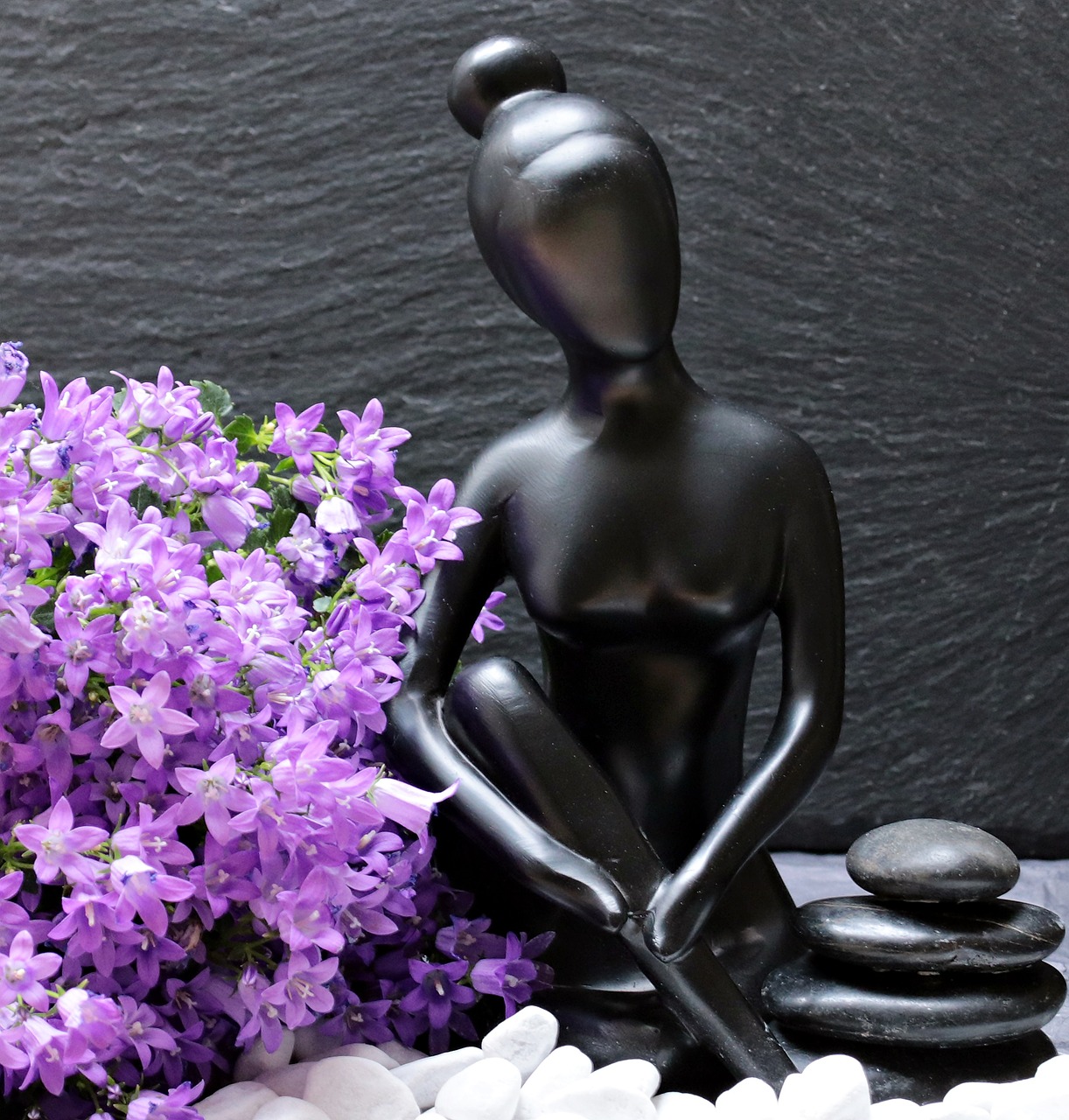
Mindfulness meditation forces you to sit with yourself and to accept and tolerate your feelings rather than medicating them. Sitting with your problems and recognizing them with curiosity and acceptance helps you better to diffuse any triggers that you may regularly encounter. One of the many wonderful aspects of mindfulness meditation is that you can do it alone and anywhere. You don’t need props, mentors, or facilitators. It only takes a few minutes, and the results are effective, long acting, and empowering.
Meditation may be practiced either while sitting still or, for those who have difficulty sitting, while walking. Other practices such as Qigong and Tai Chi are also good options. In mindfulness meditation, the idea is to sit still and focus on the breath—breathing in and pausing, breathing out and pausing. Full awareness is kept during the breathing process, even when there are outside noises—such as cars honking, dogs barking, trains passing, or people engaged in conversation. You will notice that, even while focusing on your breath, your thoughts might interrupt you, but your attention should quickly return to the breath.
Before beginning your meditation practice, it is important to sit still on a chair or cushion with your back straight. I like the metaphor one meditation teacher taught me of imagining your head being a helium balloon floating through the roof into the atmosphere. Then, as a grounding force, think of your spine sinking into the floor. This prepares you to anchor yourself in your meditation experience (for how to ground yourself, see step 2).
When I was recovering from breast cancer surgery, my meditation instructor taught me to imagine a ball of white light above my head permeating into the crown of my head and moving down through my body. The idea was to purify any negative energy or thoughts. I had to remind my body to relax. I dropped my shoulders, the part of my body where I hold a lot of my tension. Then, I focused on my breath and said, “Breathe in, breathe out.” I repeated this until I felt a deep sense of peace. Sometimes I even drifted off, but paying attention to the breath is important as a mindset.
For those who have struggled with addiction, mindfulness meditation is an important part of recovery. Noah Levine in his book, Dharma Punx, says that prayer and meditation became an integral part of his life and that it helped him find a sense of purpose in his life. “Being an addictive type, when I find something that makes me feel good I want to do it all the time, so I did, I turned my life toward recovery and spiritual practice.”
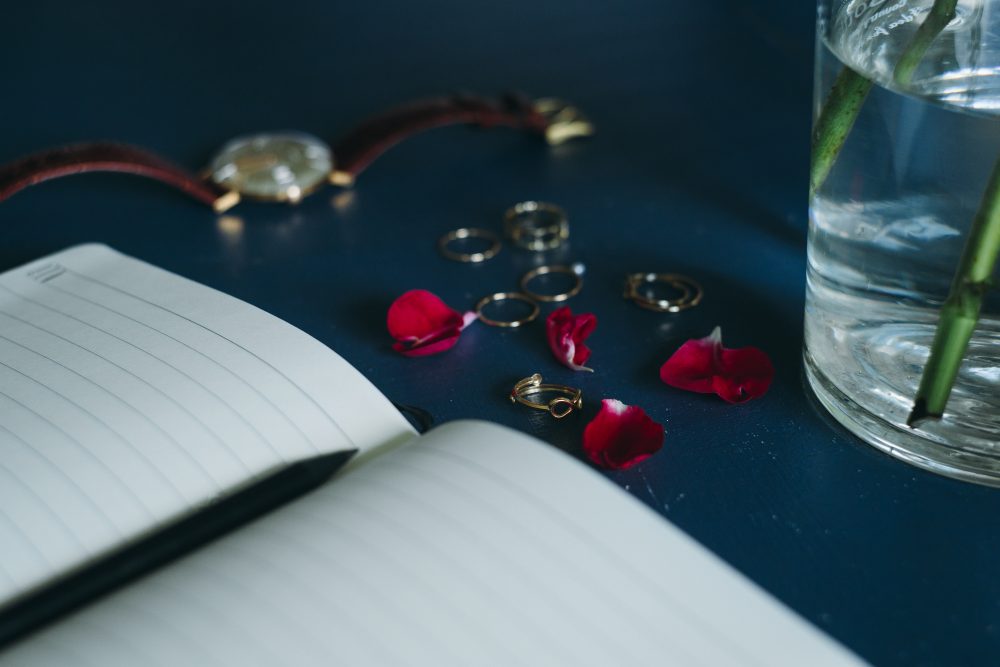
One way to achieve bliss through writing is before writing to engage in what Levine calls, “Appreciative Joy Meditation,” where after settling the body, you focus on breathing into the heart center. With each breath concentrate on appreciating all the joyfulness and happiness you’ve experienced in your life. This might be a good time to wear a slight smile on your face. Now offer some intentions to encourage your deep gratefulness.
The intentions you set can be ones you create for yourself or you may use the suggested ones provided by Levine, such as:
May I learn to appreciate the happiness and joy I experience.
May the joy I experience continue and grow.
May I be filled with gratitude.
Writing Prompt
After doing” Appreciative Joy Meditation,” consider writing a few pages on what you are thankful for, presently and in the past. What you are thankful for can pertain to certain individuals who have been in your life, belongings, experiences, feeling, and/or ways of being.
Hanh, a Buddhist Monk and also a mindfulness advocate, wisely says that the breath is the bridge connecting our life to consciousness. It also unites our bodies to our thoughts. When your mind becomes scattered, focus on your breath to get hold of your mind once again. In Hanh’s tradition, zazen, or seated meditation, is a part of everyday life. In Western living, meditating for fifteen or twenty minutes might be all that is needed to calm you, but of course you may do so for as long as you like.
I also like Bernie Siegel’s definition of meditation as a way to focus the mind into a state of relaxed awareness. Relaxation is the key here because, even though the mind tends to be less responsive to distraction during meditation, it can be more focused on certain images or feelings. These images are usually important to us, whether they are connected to healing or peace.
Writing Prompt
After your meditation, write in your journal about your experience. Did you notice any mood shifts or subjects that kept popping into your mind?
What thoughts kept interrupting your attention to your breathing? How did those interruptions make you feel?
Meditation and mindfulness go hand in hand and it’s good to practice both. Here’s a simple meditation exercise to practice at any time:
Sit comfortably in a chair with your feet flat on the ground. Sit as if you are a puppet and there is a string attached to the top of your head. Gently let your eyes close. Allow your body to become relaxed and quiet. Take a deep breath through your nose and let it out through your mouth. Repeat this a few times. Allow your mind to become peaceful and quiet. Let go of the emotional and mental chatter. Expand your awareness. Feel the silence within. Keep your eyes closed for about fifteen minutes; then pick up your pen to write about your experience.
About the Author: Diana Raab
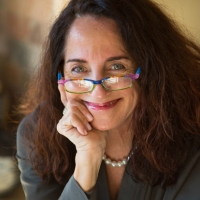
Diana Raab, PhD, MFA, is an award-winner writer, speaker, and educator. She’s an advocate of writing for healing and facilitates workshops in writing for transformation and empowerment. She believes in the importance of writing to achieve wholeness and interconnectedness, which encourages the ability to unleash the true voice of your inner self.
Raab blogs for numerous blogs, including: Psychology Today, Huffington Post, Elephant Journal, Global Thrive, and PsychAlive. She lives in Southern California. Connect with her on Twitter, Facebook, and Goodreads.
